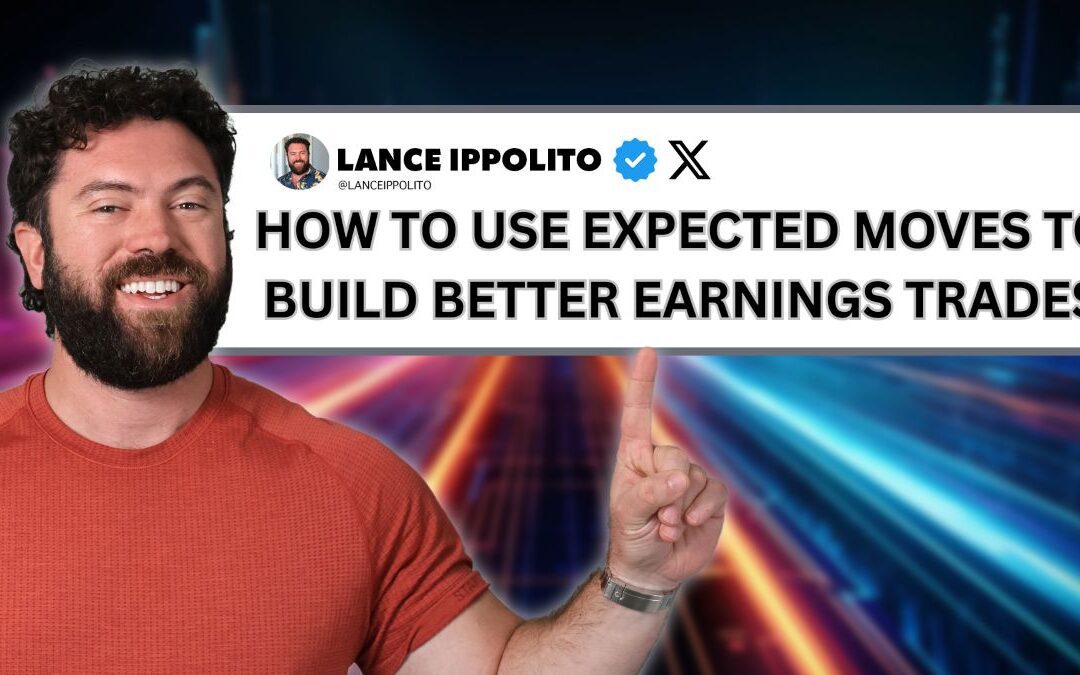When it comes to trading, the goal is simple: Finish the year in the black.
But for too many traders, the focus narrows down to day-to-day or trade-by-trade wins and losses. The result?
A roller coaster of emotions and, usually, underwhelming results. Professional traders understand this well, and their focus remains on the long-term outcome — not on short-term noise.
Think about it…
On Wall Street, traders are evaluated at the end of the year — that’s when performance bonuses are calculated. Yes, there are quarterly reviews and even monthly check-ins to see if they’re staying on course, but a rough month or even a couple of lackluster quarters don’t ruin the big picture.
It’s the final tally that matters. That’s a critical shift in mindset retail traders should adopt — focusing on the long game rather than stressing over individual trades.
Now, if you’re freaking out over a single losing trade, there are two likely reasons…
Either no one has shown you that broader perspective, or you’re putting too much risk on each trade. A professional trader managing a significant portfolio doesn’t lose sleep over a single position because they know how to allocate smartly and spread risk.
But for traders with smaller accounts, losing just one trade can be a gut punch if too much capital is tied up in it. That’s why learning position sizing and risk management is essential.
What’s more, expecting to win on every single trade is not realistic — not in this business. Take a step back.
To end the year with substantial profits, you don’t need to bat a thousand on every trade. Instead, you need a system that, when repeated over time, generates positive results.
For instance, let’s look at Boeing (BA) or MicroStrategy (MSTR).
If you’re building a position, you need to understand that even if a trade idea goes south temporarily, it doesn’t mean the approach is wrong — it’s the bigger trend we’re chasing.
If you’re still adjusting to this mindset, start by asking yourself: Am I aiming for consistency, or am I obsessing over perfection? The answer should always lean toward consistency.
The professional trader’s strength lies in discipline — holding to a system long enough to see it through the ups and downs. It’s about building habits, setting a plan, and avoiding emotional reactions to individual losses or gains.
In the end, the best way to achieve profitability is to cultivate patience — stick to your rules, maintain a broader focus, and keep refining your approach. That’s how the pros do it, and that’s the mindset you need if you’re serious about playing this game long-term.
Kane Shieh
Kane Shieh Trading
Follow along and join the conversation for real-time analysis, trade ideas, market insights and more!
- Telegram: https://t.me/+Ji2OakXnGMM5OTI5
- YouTube: https://www.youtube.com/@GammaPockets/featured
*This is for informational and educational purposes only. There is inherent risk in trading, so trade at your own risk.
P.S. Roger Scott’s Controversial Q2 S&P 500 Forecast Goes Live Today
Roger Scott is revealing his controversial S&P 500 forecast that contradicts what most analysts are telling you about Q2.
The same institutional tracking method that’s delivered a 94.1% success rate across 300+ winning trades has uncovered major Q2 opportunities for the quarter ahead that most investors are missing.


